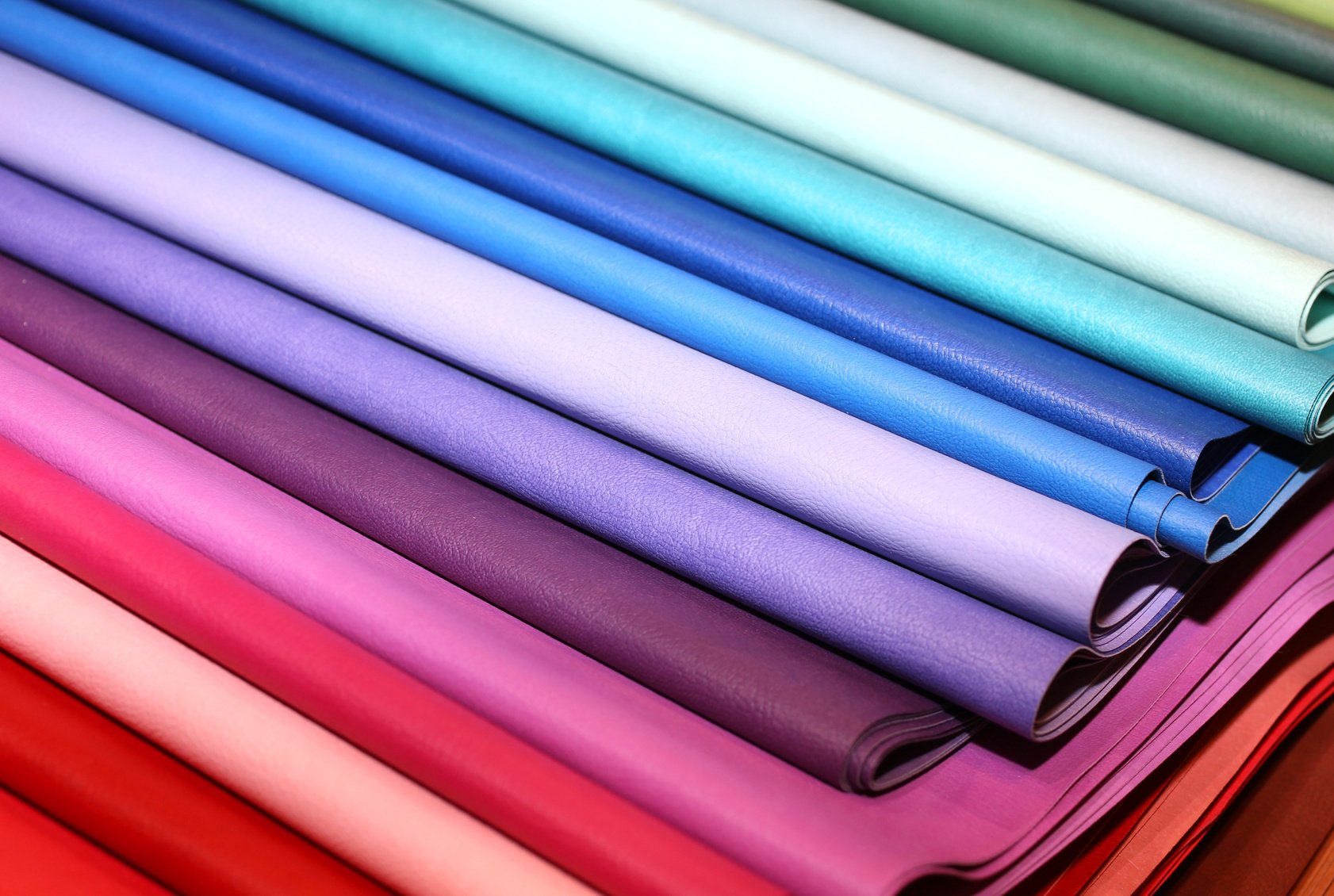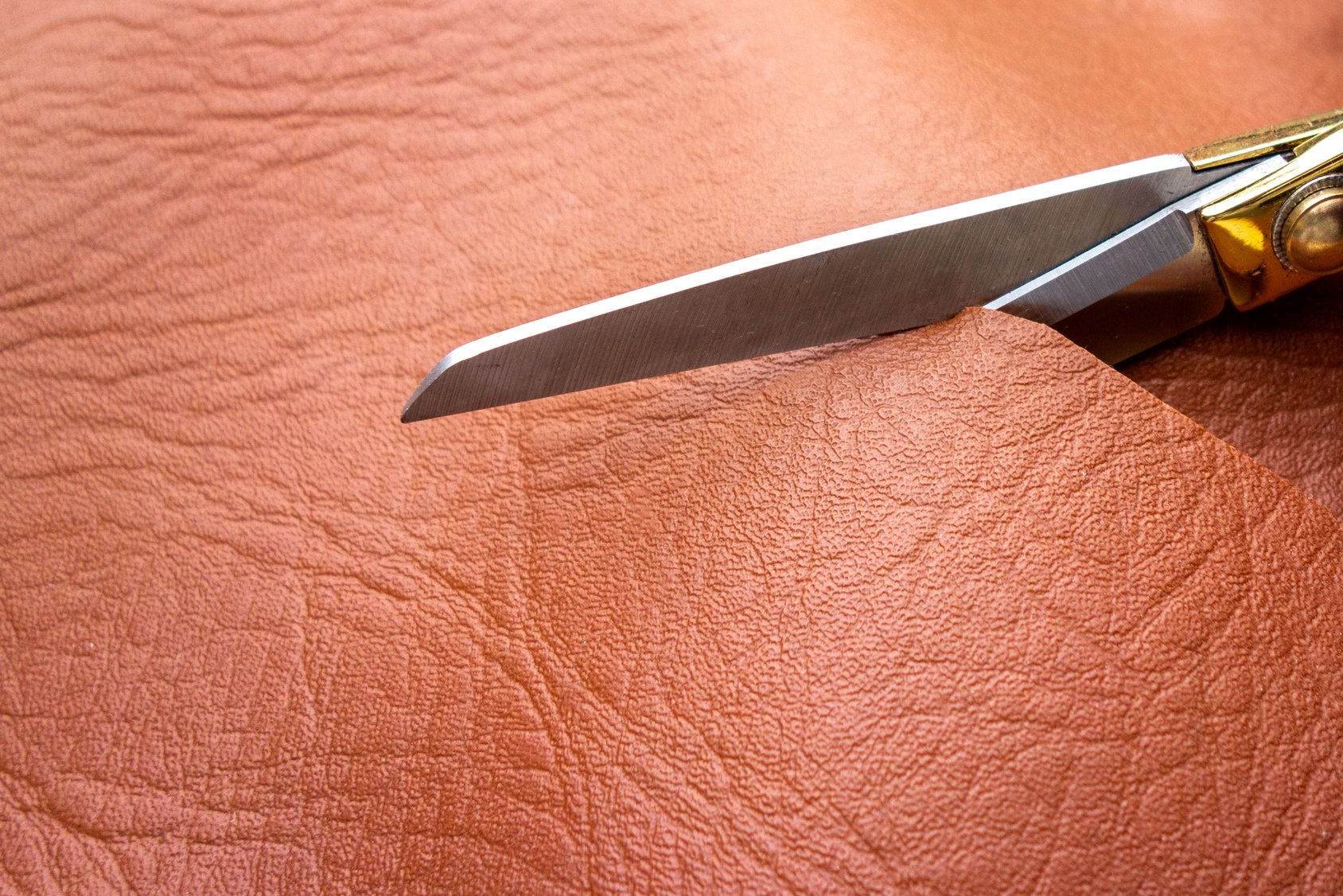One of your ultimate goals as a cosplayer is to make your props and costumes look and feel as realistic as possible. Even when your character isn’t necessarily “realistic” — we’re looking at you, space warriors and ancient elves — you at least want to be true to your character’s style. Sometimes, we come up with creative ways to fake that realism, but other times, we can take a more direct approach with the real materials. Leather (or faux leather, which is more likely what you’ll be working with) is one of the most popular materials that cosplayers use to make their cosplays looks as realistic as possible.
Working with leather is a bit different from working with other types of fabric, let alone other cosplay materials like foam or thermoplastic. In this post, we’ll discuss making cosplay with leather, from when to use it to the pros and cons of working with it.
Best Uses for Leather in Cosplay
 The thing to remember is that leather (and faux leather) is always going to look like leather no matter what you do to it. In cosplay, it’s essentially a 1-to-1 situation: if you’re going to work with leather, it’s because you’re making something your character has or wears that’s also made of leather. In general, leather garments or armor are common for ancient, rustic, fantasy, and medieval characters. Because these types of old-fashioned or fantasy garments aren’t commonly found in stores today, it’s likely you’ll need to make your own for the cosplay. However, you might cosplay some modern-style characters who also wear leather jackets and accessories. In this case, you’ll likely have more of a choice between making your own leather items or purchasing similar ones from a store or costume retailer. And as always, there are certainly exceptions to these categories that might require you to craft with leather as well.
The thing to remember is that leather (and faux leather) is always going to look like leather no matter what you do to it. In cosplay, it’s essentially a 1-to-1 situation: if you’re going to work with leather, it’s because you’re making something your character has or wears that’s also made of leather. In general, leather garments or armor are common for ancient, rustic, fantasy, and medieval characters. Because these types of old-fashioned or fantasy garments aren’t commonly found in stores today, it’s likely you’ll need to make your own for the cosplay. However, you might cosplay some modern-style characters who also wear leather jackets and accessories. In this case, you’ll likely have more of a choice between making your own leather items or purchasing similar ones from a store or costume retailer. And as always, there are certainly exceptions to these categories that might require you to craft with leather as well.
As far as specific applications go, leather can be used in cosplay to make armor or clothing. Sometimes, a character will wear a full suit of “armor” that’s made with leather. For other characters, you might not need to create a full body cosplay from leather, but instead you’ll only need a few pieces, like vests, jackets, or shoulder pieces, to name a few. Because leather is a thicker, stiffer material, it’s also ideal for any clothing items that need to hold their shape.
Leather is also a great option for making accessories for your cosplay. Bags, belts, shoes, and hats are all common cosplay pieces that you can make from leather or faux leather. Additionally, leather can be perfect for prop details like straps, holsters, and more.
Benefits of Working with Leather

There are several advantages to working with leather besides just representing your character accurately. Here are just a few of the benefits of using leather or faux leather in your cosplay:
- Leather is thicker and sturdier than other materials, making it durable through multiple wears.
- Leather can often hold its shape, so you can be sure of how your garment will fall on your body, or you can create shoes/hats/etc. that can stand up on their own if your design calls for it.
- Leather and accents can give your cosplay a more rustic look, and it can even allow you to add your own original costume elements (like a bag or phone case) that still match the aesthetic of your character.
- It’s flexible and relatively comfortable to wear.
- It comes in a range of colors and thicknesses, so you can choose the right leather for your project.
- Leather can also be thickened or reinforced with foam, allowing you to add bulk to your cosplay without adding a large additional cost.
Leather Cosplay Challenges

However, there are also some challenges associated with leather crafting when it comes to cosplay. Here are a few things you should be aware of when you decide to work with leather:
- With leather and faux leather, you generally get the quality that you pay for. Real leather, while often high quality, can be prohibitively expensive for cosplayers to use, especially when you risk costly mistakes. Faux leather, though much less expensive, still generally costs more than other fabrics and can be thinner and sometimes cheaper-looking.
- Leather is notoriously difficult to adhere without sewing because of the coating and texture on its finished surface. However, leather can still be adhered on its unfinished side with some adhesives, including contact cement and double-sided Attach & Build.
- It’s also difficult to paint leather. If you do choose to paint your leather, your best options will be spray paint, leather acrylics, and airbrushing, though cracks in your paint are still possible.
- Leather can be heavier than other fabrics or foams, so some leather pieces may require more support or stronger strapping in order to hold themselves up as you wear them.
- Leather crafting can require an investment in specialized scissors, blades, and other tools, depending on the techniques you decide to use.
Leather Substitutes That Look Real Too
While most cosplayers are already using faux leather from the fabric store or cosplay retailer in the place of real leather anyway, some innovative makers have discovered how to make their own leather alternatives that look pretty darn close to the real thing. On one hand, many cosplayers have taken to using suedecloth or or textured vinyls as a substitute for real or faux leather in their cosplays. These fabrics tend to be very thin and flimsy, but their finished sides look just like leather. When using a thinner fabric like these, all you’ll need to do is back the fabric with some craft foam or order to get a thicker, real leather look.
On the other hand, many cosplayers also skip the fabric store altogether and instead make “leather” from craft foam. This method is extremely hand for cosplays that only need small leather details. Instead of investing in a piece of fabric for something so small, you can use an iron and some aluminum foil to add a textured effect to the craft foam before painting. Once the foam is sealed, painted, and weathered, it can look just like leather for those little straps and details as a great quick alternative.